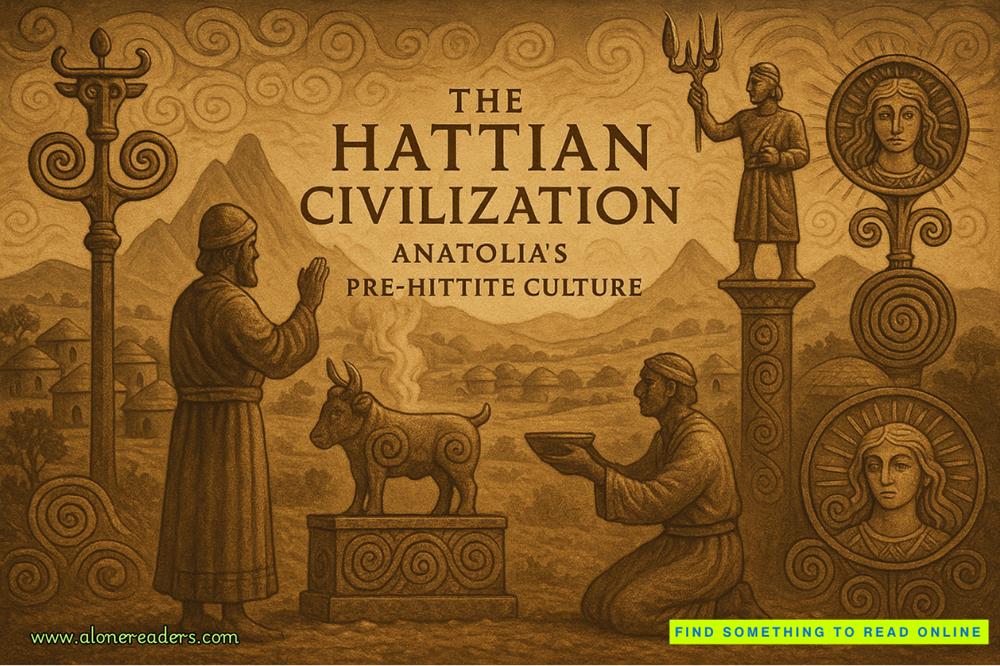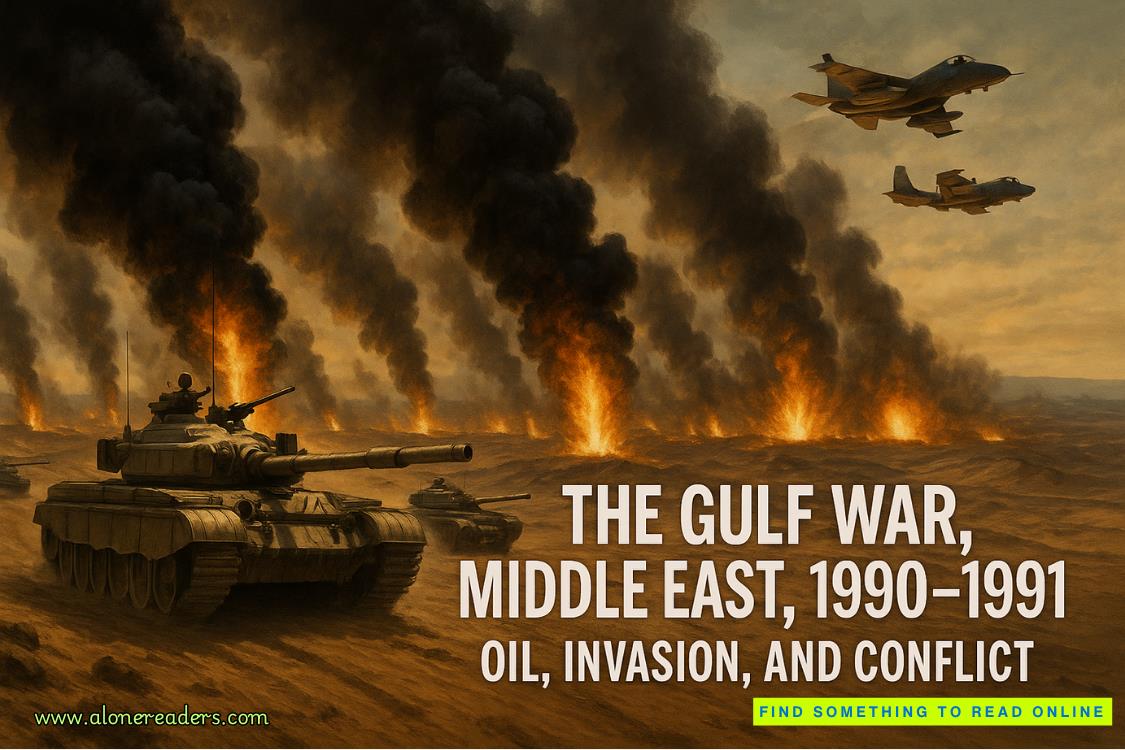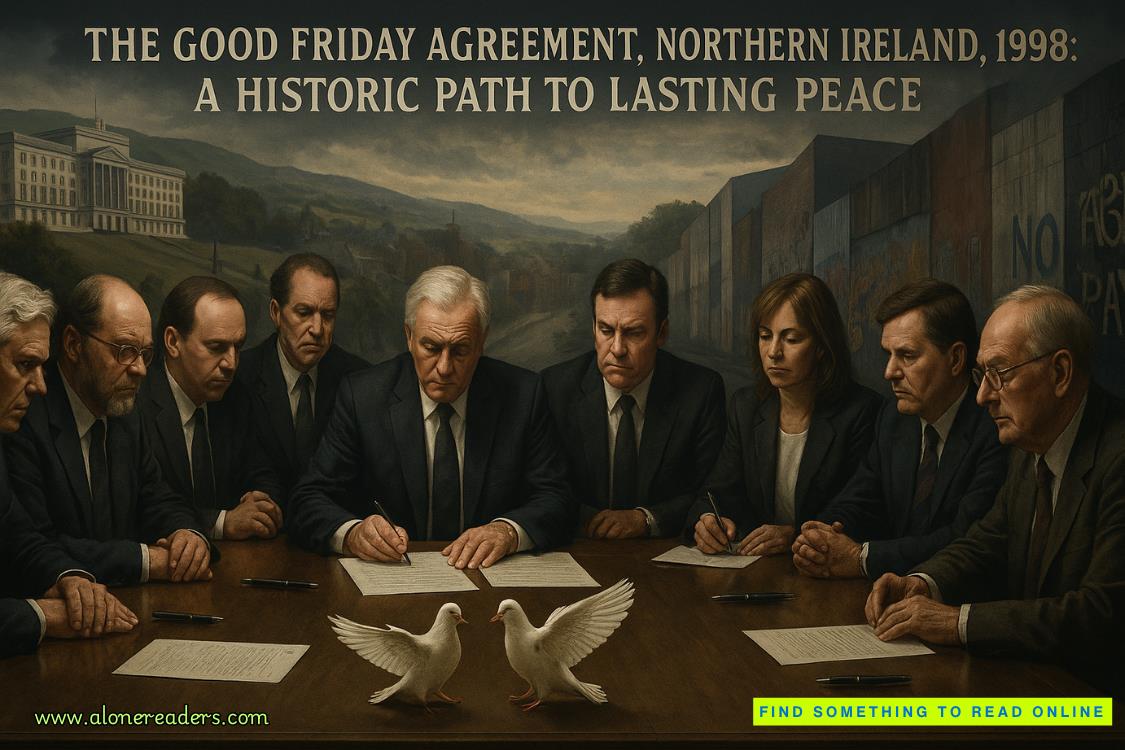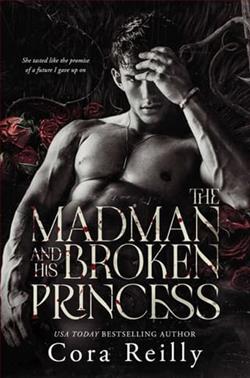Page 16 of Faking It For Real
I started to protest but realized she was right. Most of my photos centered on Ethan, not because I'd consciously chosen to focus on him, but because he naturally dominated the frame.
"He's... photogenic," I said lamely. "Photographically interesting, I mean. Dynamic. Good composition."
"Mmhmm." Olivia's tone was entirely too knowing for my comfort. "Dynamically photogenically interesting. Of course."
"Oh, shut up."
"I'm just saying, for someone you supposedly had a hate-at-first-sight moment with, you sure took a lot of very flattering photos of him."
"It's my job," I insisted. "And they're not 'flattering.' They're just... technically proficient."
"Whatever helps you sleep at night, honey." Olivia patted my knee. "But for the record, if that's what raw hostility looks like through your lens, I'd love to see what happens when you actually like your subject."
I rolled my eyes, but her comment stuck with me. Had I been drawn to Ethan as a photographic subject before our confrontation? The evidence was right there in front of me—shot after shot where I'd zeroed in on him, capturing his intensity, his focus, his fluid movements across the ice.
It was purely artistic appreciation, I told myself firmly. He was visually interesting, that's all. It had nothing to do with the way his eyes had flashed when he'd challenged me, or the grudging respect I'd glimpsed when we'd called our truce, or the surprising moment of shared amusement over our friends' ridiculous debate at the coffee shop.
Nothing at all.
That evening, I sat cross-legged on my bed with my laptop, determined to understand more about the sport I'd be photographing for the next few months. I started with basic hockey rules and terminology, then moved on to researching the university team specifically.
The Wolves were apparently having one of their best seasons in years, largely due to their captain, Ethan Wright. Article after article praised his leadership, skill, and NHL potential. Several mentioned scouts regularly attending games to observe him, with Pittsburgh seeming particularly interested.
Now I understood why he'd been so upset about crashing during practice. With scouts watching his every move, any mistake could potentially impact his draft prospects. I still thought he'd overreacted, but I could see why the stakes felt so high to him.
My research led me to articles about his father, Richard Wright, a former NHL player whose promising career had been cut short by a devastating knee injury during his fourth season. After retiring, Richard had become a hockey commentator and was known for his particularly critical analysis of players' performances.
One interview with Ethan from last year caught my attention. The reporter had asked about playing under the shadow of his father's legacy.
"My father taught me everything I know about hockey," Ethan had responded with what seemed like careful neutrality. "He's always pushed me to be better, to see the weaknesses in my game before they become liabilities. In this sport, you can't afford complacency."
It sounded rehearsed, diplomatic—nothing like the raw emotion I'd glimpsed during our confrontation. There was a story there, I was certain, something deeper than the polished image he presented to the media. Dr. Lawrence's words came back to me:"You've captured his anger, yes, but not why he's angry. Not the pressure behind the reaction, the vulnerability beneath the rage."
I closed my laptop, feeling strangely unsettled. I'd gone into this job with clear preconceptions about entitled athletes and their glorified games. But the more I learned, the more I sensed complexities I hadn't anticipated—pressures and expectations that might explain Ethan's reaction to my mistake.
I didn't want empathy to complicate my nice, simple narrative. It was easier to dismiss him as just another jock with an overinflated ego. But the photographer in me, the part that sought truth through images, wasn't satisfied with easy narratives.
I fell asleep wondering what other layers existed beneath the surface of Ethan Wright's carefully maintained facade—and why I suddenly cared to find out.
The next morning, I returned to hockey practice with a new determination. I would be professional, keep my distance from the ice, and focus on capturing the essence of the sport rather than just its surface action. Dr. Lawrence's challenge echoed in my mind:find the story, reveal the humanity.
I set up in the stands, using my zoom lens to get close-up shots without having to go anywhere near the ice. As the team filed out for practice, I noticed Ethan deliberately avoiding looking in my direction. Fine by me. Professional boundaries were exactly what we'd agreed on.
Practice was intense, with the coach running complex drills that even I, with my limited hockey knowledge, could tell were demanding. Ethan was in constant motion, both executing plays and directing his teammates. I found myself admiring his skill despite my lingering annoyance with him. There was no denying he was talented—his movements precise, his awareness of the ice and his teammates almost preternatural.
I experimented with different angles and techniques, trying to capture not just the action but the emotion behind it: the concentration in a player's eyes before a shot, the brief flash of triumph after a goal, the camaraderie of teammates celebrating together, the coach's tense posture during a failed play.
After practice, I was reviewing shots on my camera when a friendly voice interrupted my concentration.
"Getting some good ones?"
I looked up to see Tyler, the goalie, standing nearby in his post-practice clothes, his hair still damp from the shower.
"I think so," I replied, surprised by his friendliness. "Some of these might actually be usable."
"Mind if I see?" he asked, gesturing to the camera. "I promise I won't touch. Goalie's honor."
Hesitantly, I angled the display so he could see the images as I scrolled through them.















